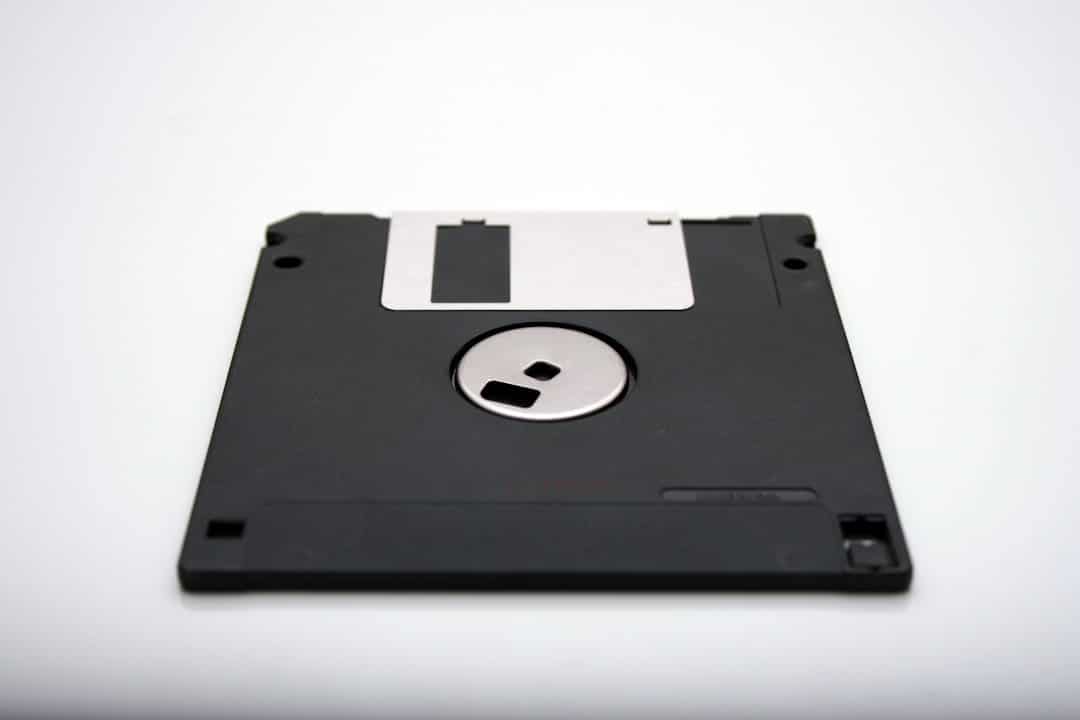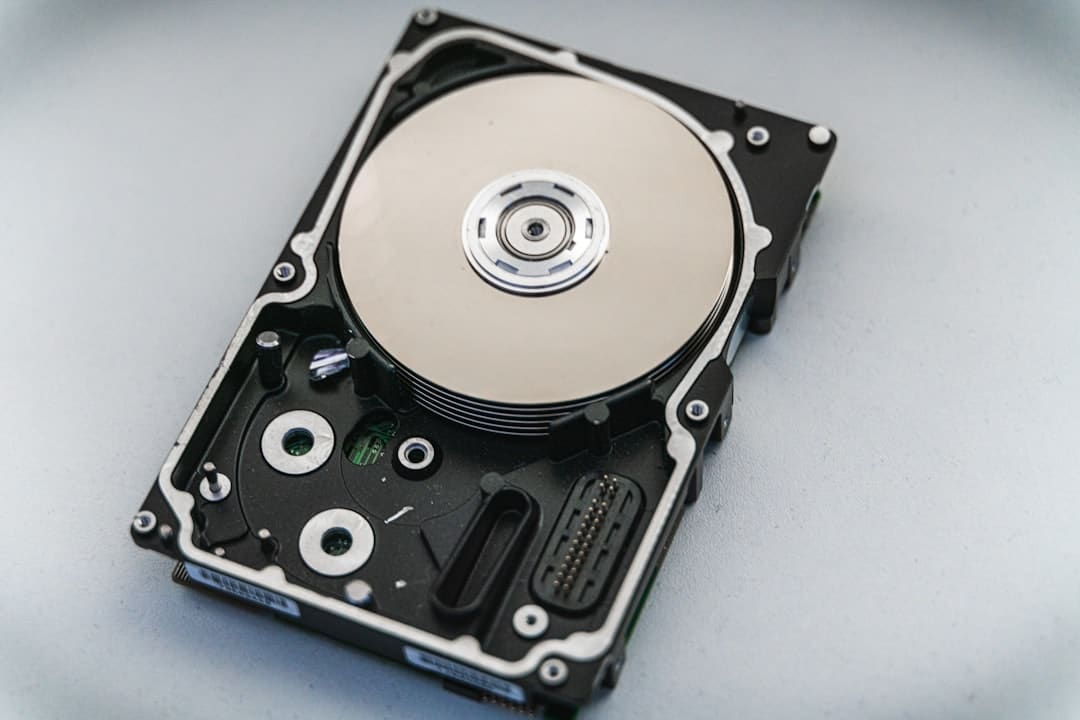|
IN BRIEF
|
Who would have thought that a small plastic box containing a floppy disk, known as a floppy disk, would be the origin of a real IT revolution ? Launched by IBM in 1971 with a storage capacity of 256 kilobytes, floppy disks quickly conquered the world. They have served as a gateway for generations of computer scientists and users, facilitating the backup and transfer of data while transforming our relationship toinformation. As we peacefully slide towards a digital universe where memory card or the USB stick are kings, let us never forget the monumental impact of this ancestor of storage media! Who could have predicted that floppy disks that seemed obsolete to you would play such a crucial role in the technological advancements of the 21st century? 🚀
The floppy disk, this small storage medium that seems so old-fashioned today, marked the beginning of a new era in the world of computing. Launched in 1971 by IBM, it allowed users to save, transfer and share data like never before. But what is this answer to a floppy disk that radically changed our interactions with technology? Let’s dive into this fascinating story of transformation.
The beginnings of a revolution
Initially, the floppy disk offered a storage capacity of approximately 256 kilobytes. At the time, it was almost unbelievable! Before the advent of the floppy disk, users had to deal with rudimentary and tedious storage methods. With the floppy disk, sharing documents and programs has become child’s play. The success of theApple II, which integrated floppy disks as the main support, allowed this technology to establish itself in the computer landscape for the years 70.
The rise of software thanks to floppy disks
The floppy disk not only changed the way we stored data; it also allowed a software industry explosion. Developers could now create easily distributable software, which fueled the growth of the computer market. Thanks to this new support, many more projects that we take for granted today have seen the light of day.
From physical to digital storage
With floppy disks, a significant step has been taken towards digitalization more accessible. Users could create backups physical copies of their documents, a form of peace of mind that was rare at the time. But like any medium has its limits, floppy disks quickly showed their weaknesses. The need for more storage capacity has led to the emergence of new devices.
On the way to new supports
While floppy disks gradually became part of users’ daily lives, technology continued to progress. In the years 90, DVD began to change the game, offering much greater capacity than floppy disks. Then came the era of USB sticks, which paved the way for ultimate portability. Gone are the days of nervousness linked to lost files; your precious document could now fit in your pocket!
A legacy that endures
Although we are now immersed in a world of cloud storage and of internal hard drives, the legacy of floppy disks remains unshakeable. They paved the way for a future where data management became as easy as a walk around the corner. Indeed, these small plastic plates have contributed to a real revolution in the way we interact with computing.
As we celebrate the fiftieth anniversary of the floppy disk, let us never forget the vital role it played in our digital evolution. To discover more about this fascinating story, I invite you to read this article on the rise and fall of a storage medium and learn more about what a floppy disk is Techno-science or on Wikipedia.

Ah, floppy disks! These little wonders that seem to belong to another world, but which, believe it or not, have largely contributed to shaping our digital universe as we know it today. Launched by IBM in 1971, these floppy disks made it possible to store data in a more convenient and accessible format. Let’s take a look at the incredible impact they’ve had on our daily computing lives.
Simplified access to data
Floppy disks first emerged in a world where data storage was still in its infancy. With a storage capacity of 256 kilobytes, they paved the way for simplified access to information. Before their arrival, transporting files from one computer to another was almost a feat! Floppy disks brought an end to this era where docu-files wandered into nature, allowing everyone to easily store and share their creations.
A springboard for the software industry
At the heart of the computer revolution, floppy disks also served as a springboard for the development of the software industry. Thanks to the Apple II, which was released in the 1970s, many software programs began to flourish and establish themselves on the market. From video games to word processors, everyone wanted to take part in this technological bubble made possible thanks to the support of floppy disks! To learn more about this epic, take a look at the article from the Radio Lake.
A hotbed of innovations
Floppy disks were also a catalyst for future innovations. By allowing the physical backup of documents, they introduced the concept of backup which has become essential in today’s digital world. What a joy to know that our data is safe, right? They opened the door to modern storage formats such as CD-ROM and, later, the famous USB keys! By discovering their story, you might be dazzled by the magnitude of this storage saga.
The decline of floppy disks in the face of modern technology
But, as you will have understood, all good things come to an end. These floppy disks, although revolutionary, eventually became obsolete, overtaken by more efficient technologies such as memory cards. However, it is not without a touch of nostalgia that we remember those times when we had to blow on our floppy disks to make them work again. Advances in technology never leave us indifferent, as do new ways of storing and sharing our precious data. For a deep dive into the evolution of storage, check out this fascinating article on Stimplus.
A look to the future
We have witnessed 50 years of rapid change and our ability to store information has only improved. From the floppy disk to clouds modern, each stage of this evolution leads us towards a world where innovations are within our reach. And who knows what other technological crazes await us around the corner? Stay curious, fellow readers, because the journey has only just begun!
The Storage Media Revolution
| Storage Rack | Impact on IT |
| Floppy disk | Pioneer in removable storage, allowing data to be easily transferred between computers. |
| CD-ROM | Enabled massive storage and distribution of software, games and music on a large scale. |
| DVD | Revolutionized multimedia with increased capacity for sound and video, making movies accessible. |
| USB key | Instant file transfer with immense capabilities, quickly replacing floppy disk. |
| External Hard Drive | Offers backup solutions and large data capacities, essential for professionals. |
| Cloud | Revolutionizes data access and sharing, enabling real-time synchronization from anywhere. |

- Ease of use : Floppy disks made data transfer accessible to everyone, even the uninitiated.
- Storage capacity : With their 256 KB, they paved the way for file and backup management.
- Removability : Carrying information has never been easier, making it easier to share ideas.
- Strong adoption : Computers from the 70s saw their use explode thanks to iconic models like the Apple II.
- Impact on the software industry : The appearance of floppy disks encouraged the development of software adapted to their use.
- Essential for backup : They made it possible to create physical copies of important documents.
- Transition to digital : A giant step towards the era of modern computing, beginning the decline of analog media.
- Basis of innovation : Advances with floppy disks paved the way for advanced storage technologies.

FAQ: How the answer to a floppy disk revolutionized our computing lives
What is a floppy disk? A floppy disk, also known as a floppy disk, is a removable storage media used to store computer data.
When was the floppy disk launched? It was launched by IBM in 1971, with an initial storage capacity of approximately 256 kilobytes.
How did the floppy disk contribute to the software industry? Thanks to its success, particularly with the Apple II, the floppy disk became a standard for personal computers in the late 1970s.
How much data could a floppy disk store? A floppy disk could contain the equivalent of 3000 punch cards, which was revolutionary at the time.
How did storage media evolve after the floppy disk? After the floppy disk, we saw the arrival of media such as the DVD and later the USB stick, which have considerably improved file transfer and transport.
Why has the floppy disk become obsolete? With the arrival of modern technologies such as USB sticks and internal hard drives, the floppy disk has fallen into disuse due to its limited storage space.
What legacy did the floppy disk leave behind? The floppy disk paved the way for more advanced data storage methods and inspired the development of modern computing.





